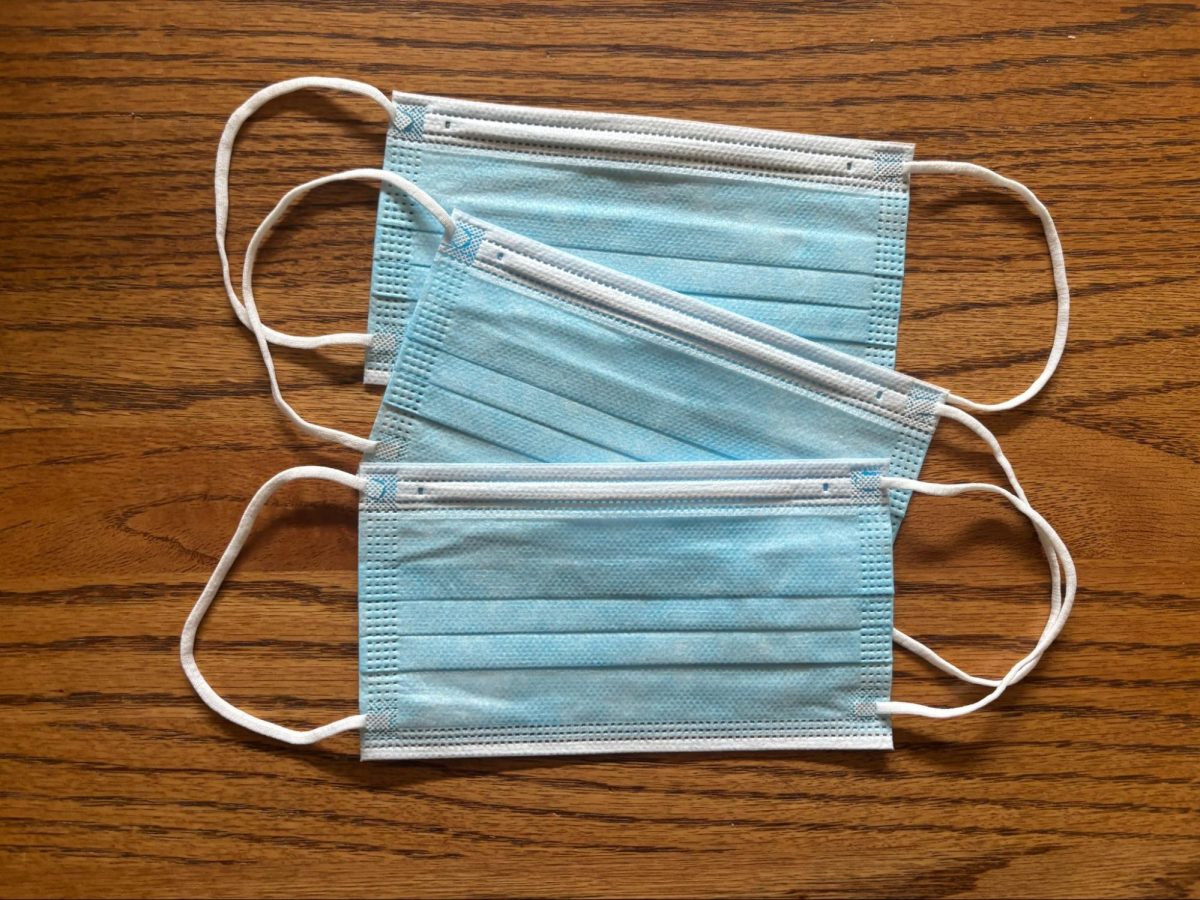There is a period after spring break and before the last week of school that feels like it’s dragging its feet. The workload continues to ramp up, especially for those in advanced courses, yet students are as apathetic as ever.
“There’s this archetype that ‘teens hate school’, but you know, they have reasons to. People are getting tired and exhausted and there’s a lot less motivation to be here near the end of the year,” said KJ Ramsay, a sophomore at Ida B. Wells High School. People might think students are just being lazy, but in reality, there are a lot of factors contributing to widespread apathy.
To start, quarter three (Q3) has a lack of breaks. At the beginning of the year, students and staff get plenty of time off with ‘no-school November,’ Thanksgiving Break, and winter break. This gives everyone more time to relax and take a break from their courses. However, in Q3, spring break is the only big period when students and teachers aren’t in school. This can lead to the second half of the year feeling much busier and more overwhelming, even if the general course load is similar.
Q3 is also a time full of testing for students across grade levels. For sophomores, there are the PreACTs, and for juniors and/or seniors, there is the SAT and OSAS testing. AP tests begin in early May for those taking AP classes. Students have to juggle preparing for these long and important tests while staying on top of their coursework. “There’s so many things that need to be done as students finish up the school year. Especially if you’re a senior or a junior, who just finished up with SAT exams or college applications only to head into OSAS [testing] this week,” said Lisa Morrell, AVID and English 3/4 teacher at IBW. All the extra pressure and long studying hours can quickly lead to overstress and burnout.
For as many students who are feeling burnt out by the stress of Q3, there are just as many facing burnout. “You always think about [quarter one] having all of these new things coming, quarter four is the end of the year, maybe you’re graduating, and quarter two, there’s the semester change. But quarter three doesn’t have anything super interesting,” said Ramsay. Being so close to, yet so far from the finish line can lead to apathy as students are just going through the motions, where nothing particularly exciting is happening.
Other non-academic factors also influence levels of apathy and unmotivation during Q3. While “April showers bring May flowers,” they also bring in seasonal depression for many students, damaging their motivation and productivity during the late winter and early spring months.
Besides the weather, there’s also daylight saving. On Mar. 9, 2025, clocks across the country went ahead one hour, meaning our days started an hour earlier. This might not seem significant in the grand scheme of things, but losing that hour can be very difficult for students to adapt to and can easily cause them to fall behind; trying to catch up can be difficult and demotivating.
Remember to communicate with your support systems like counselors, teachers and/or parents or guardians if you’re feeling overwhelmed. “I get excited about what I’m teaching,” said Morrell. “Even though I’m tired, I feel excited about it, and I hope that I can help my students engage.”
There is still hope for the rest of the school year. As we get closer and closer to finishing the year off, the weather gets nicer, and we complete all of our big projects, so hopefully the workload can feel less stressful. In the meantime, it can be helpful to reach out to friends, attend study sessions like the Scholar Hour on Wednesdays after school or join a club to maintain social connections and make school work more enjoyable.










